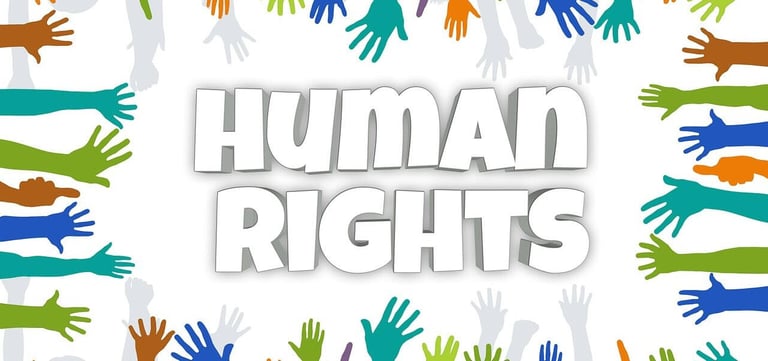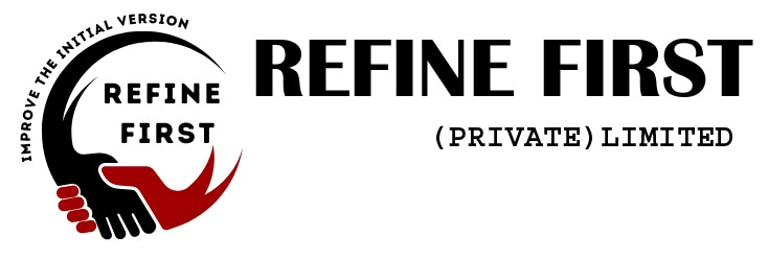BASICS OF HUMAN RIGHTS
Overview of a Human Rights Program:
Objective:
To promote and protect human rights, dignity, and well-being through education, advocacy, and empowerment.
Key Components:
1. Awareness and Education: Educating individuals and communities about human rights.
2. Advocacy and Lobbying: Advocating for policy changes and laws that protect human rights.
3. Empowerment and Capacity Building: Building capacity of individuals and organizations to promote and protect human rights.
4. Support and Services: Providing support and services to victims of human rights abuses.
Program Benefits:
1. Promoting Dignity and Respect: Enhancing dignity, respect, and equality for all.
2. Protecting Rights: Protecting individuals from human rights abuses and violations.
3. Empowering Communities: Empowering communities to claim their rights and participate in decision-making.
4. Fostering a Culture of Human Rights: Promoting a culture of human rights and social justice.
Target Audience:
1. Vulnerable Groups: Women, children, minorities, and other marginalized groups.
2. Communities: Local communities, grassroots organizations, and civil society.
3. Duty-Bearers: Governments, institutions, and individuals responsible for upholding human rights.
Program Outcomes:
1. Increased Awareness: Enhanced awareness and understanding of human rights.
2. Improved Protection: Improved protection of human rights and reduced violations.
3. Empowered Communities: Empowered communities that can claim their rights and participate in decision-making.
4. Policy Changes: Policy changes and laws that promote and protect human rights.


